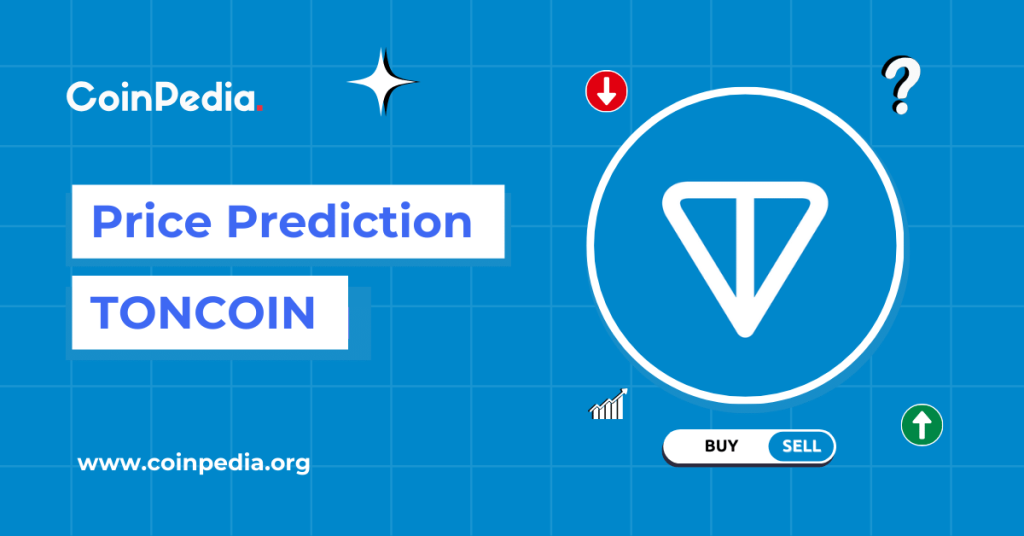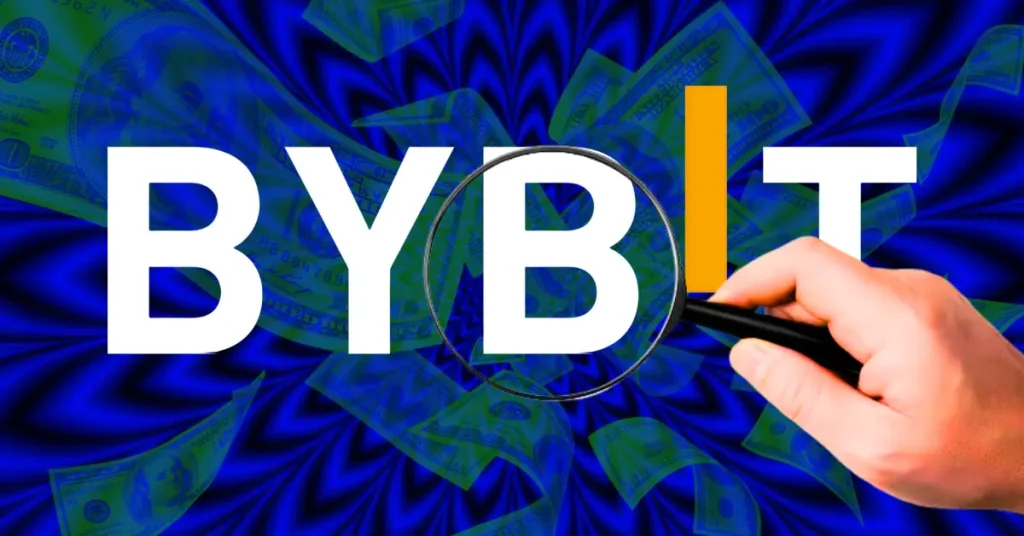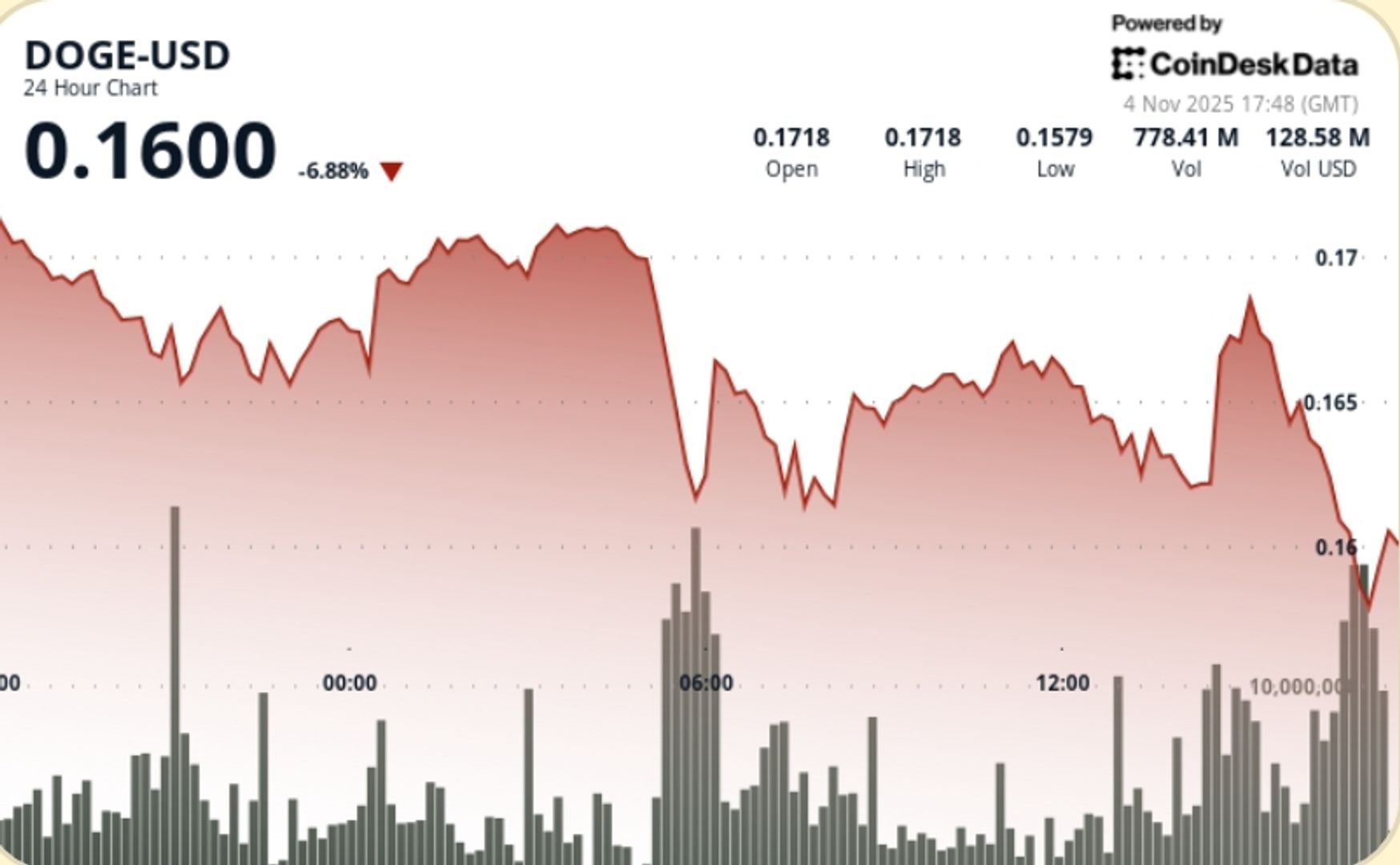The DeFi staking vs. yield farming comparison is based on similarities, as both refer to users depositing their tokens in exchange for passive income from a protocol. However, in DeFi staking, the assets may be locked through a smart contract or used to secure the network. Meanwhile, yield farming is a different approach to providing liquidity to a protocol, often a decentralized exchange, in return for rewards.
Why This Comparison Matters in 2025
DeFi has grown in 2025, with multiple opportunities for passive income. Understanding the mechanics of DeFi staking vs. yield farming can make a difference for an investment’s risk profile.
From Passive Income to Active Liquidity Provision
Staking is the simplest means to earn passive income, and is often a native feature of some protocols. Staking is a one-time task that locks tokens in a smart contract, constrained by specific conditions for each protocol.
Yield farming, on the other hand, requires more detailed research and offers multiple options. Yield farming is achieved by providing liquidity by lending or directly locking coins and tokens into DeFi protocols.
Each yield farmer must decide which assets to provide, where to lend them, and what correlation between yield and risk to expect. Yield farming may also require active management to achieve the best results.
Shifting Narratives — ‘Safe Yields’ vs. ‘DeFi Risk’
In the early days of yield farming, some of the opportunities were extremely risky. Investors were called to provide valuable ETH or stablecoins as counterparties for DEX trading pairs. The liquidity then determined the prices of newly minted tokens, based on an automatic market maker (AMM) formula.
The liquidity provided determined the value of those new tokens. Yields were sometimes high, but some projects were extremely risky, often leading to rug pulls where yield farmers lost their valuable stake and were left with a pool of worthless tokens.
The initial rush to yield farming did not account for DeFi risk. In 2025, DeFi protocols have become more transparent, allowing users to estimate “DeFi Risk.”
Why Investors Still Confuse Staking and Farming
Both staking and yield farming require that user assets be locked in a smart contract. Some protocols also use the terms interchangeably, presenting yield farming as a form of staking.
However, while staking is mostly linked to protocol security, farming depends on the specific pool for its success and risk levels.
What Is DeFi Staking? (Mechanics & Purpose)
Locking Tokens to Secure a Network (Proof-of-Stake Model)
In search of more energy-efficient security, some networks applied proof-of-stake. In this model, instead of mining through specialized machines, token holders secure the network by locking their tokens. In exchange, they receive block rewards or a share of transaction fees.
Rewards may vary by the size of the stake, the period of staking, and the presence of delegation versus direct staking. Usually, the staking reward is proportionate to the stake, as the network has a preset issuance schedule. Staking may produce an effective annualized yield, which may vary widely depending on the size of the stake, the percentage of staked tokens on a network, and other technical factors.
Reward Mechanisms (Block Rewards, Validator Fees)
Staking issues rewards through each network’s incentive mechanisms. Block rewards are assigned to each block produced and then distributed according to the network’s structure. Delegates or validators often receive the reward, then distribute it to stakers who have deposited their coins as part of a larger validator pool.
Validators on Solana, for instance, are competitive when it comes to staking yield. End users must select a validator to support, sharing a part of their block reward.
Staking Examples — Ethereum, Solana, Polkadot
Ethereum switched to proof-of-stake block production in September 2022. Any ETH owner can deposit 32 or 2,048 ETH to the Beacon chain. Every staker becomes a validator, who can then discover a block. Validators receive block rewards and transaction fees. The validators receive rewards from block attestation, a regular small inflow of ETH.
Occasionally, a validator may propose a valid block, receiving the entire ETH block reward. Additionally, validators receive block-building rewards. There are additional ETH rewards for synchronization messages. For ETH stakers, the process is seamless, and they will see their ETH reward balance increase.
Solana has a smaller number of validators, which must supply their own hardware, while also locking in SOL if they wish. Solana has native staking, where SOL can be locked with selected validators. The token’s staking rewards vary, achieving between 5% and 7% in annual yield.
Polkadot also strongly encourages staking, with over 50% of DOT locked and vested. Yield for DOT is higher, at over 16% annualized. Staking DOT also means holders can participate in the project’s governance.
Custodial vs. Non-Custodial Staking (CEX vs. Native)
Staking can be self-custodial, based on direct deposits into staking contracts through a personal wallet. Exchanges will often offer staking services for certain coins. For instance, Binance is one of the biggest stakers of ETH and SOL, acting as a validator to secure the networks, while sharing its yield with token owners.
What Is Yield Farming? (Mechanics & Purpose)
Providing Liquidity to Protocols (DEXs, Lending Markets)
Decentralized protocols such as DEXs and lending markets require liquidity, meaning users are ready to act as trading counterparties. Liquidity can be provided in the form of stablecoins, which are then used to grant loans.
On DEXs, yield farmers are the persons who deposit stablecoins or another asset; then, those assets become part of the liquidity pool and are used to calculate the price of newly launched tokens. For their risk-taking, the farmers receive a certain amount of annualized yield. Their role is to get exposed to some level of risk while benefiting from the project’s trading activity.
LP Tokens, Reward Multipliers, and Governance Incentives
Yield farming has grown in complexity in a bid to secure more loyal liquidity providers. One of the main issues is the loss of options once the tokens are locked. For that reason, DEXs or protocols issue Liquidity Provider (LP) tokens that match the amount of deposited funds. LP tokens can then be used within DeFi or for additional operations.
Reward multipliers are one factor that determines higher yields for specific pools. The multiplier is a factor that determines the total reward, based on special incentives. For instance, riskier or less liquid pools may offer higher multipliers, and new pools may have a higher multiplier to encourage more yield farmers to join.
Some yield farmers may also receive governance rights or votes based on the size of their stake, or on their share of LP tokens. Governance rights may even be used to vote for a higher yield.
Yield Farming Examples — Uniswap, Aave, Curve, PancakeSwap
Yield farming differs based on the underlying protocol. Uniswap offers users the opportunity to deposit tokens on both sides of a trading pair, receiving rewards as liquidity providers. The Uniswap price mechanism determines a token’s price based on the amount of tokens and their paired asset in a liquidity pool.
Aave offers a different form of yield farming, where deposits in the form of stablecoins earn yield. The stablecoins are used to issue new loans against a conservative collateral of ETH, WBTC, or other assets.
On PancakeSwap, yield farming is similar to that of Uniswap. PancakeSwap has a double-tier yield mechanism, as users receive LP tokens and LP rewards. The LP tokens can then be staked again to receive more CAKE tokens.
Active Management and Impermanent Loss Risks
Yield farming requires active management to achieve the best returns. Liquidity providers must rebalance their deposits and be aware of one-sided risks in certain token pairs. To decrease risk, some LPs choose decentralized liquidity pairs only comprised of stablecoins.
All yield farming on DEXs carry risks such as impermanent loss, rug pulls, aggressive trading, or general technological risks from hacks or flawed smart contracts. Some yield farmers prefer automated services that seek out the best yield.
Technical & Economic Comparison: Staking vs. Farming
| Aspect | Staking | Yield Farming |
| Purpose | Secure blockchain networks | Provide liquidity to DeFi protocols |
| Reward Source | Inflationary token emissions/validator fees | Trading fees + liquidity incentives |
| Risk Level | Low–moderate (smart contract, slashing) | Moderate–high (impermanent loss, volatility) |
| Lock Period | Often fixed (validators or pools) | Flexible but dependent on pool structure |
| Complexity | Beginner-friendly | Requires yield optimization and monitoring |
| Examples | Ethereum, Solana, Cosmos | Curve, Aave, PancakeSwap |
Real-World Scenarios
Investor A — Long-Term Holder (Best Fit: Staking)
If an investor wants to hold an asset for the long term, locking the asset would not be a problem. Some tokens, like ETH, take a relatively long time to be staked and unstaked. Others, like SOL, can be moved more readily, while giving a higher passive income. The best approach for holding onto one asset is to keep it in its native staked form.
Investor B — Active DeFi Participant (Best Fit: Yield Farming)
An active DeFi trader may be more equipped to use yield farming. The trader may choose riskier pools for new tokens or seek yield from stablecoin pairs, which have minimal impermanent loss.
Investor C — Institutional Player Seeking Stable Yields (Hybrid or LSD Approach)
An institutional investor may seek reliability and low risk of loss. For that reason, the investor may be conservative when it comes to risky yield farming offers. Institutional players often pick liquid staking, which combines predictable passive income with the opportunity to use liquid staking tokens. Institutions also often pick lending protocols as a form of yield farming, after thorough research of risk exposure.
How Liquid Staking Changes the Game
LSDs (Lido, Rocket Pool, EigenLayer)
Liquid Staking Derivatives (LSDs) are tokens created on the basis of other staked tokens. For instance, Lido and EigenLayer (later EigenDa) issue tokens based on ETH deposits. Lido and Eigen stake the ETH on behalf of their depositors, then issue their own brand of liquid staking tokens (LSTs). Rocket Pool is also a leading issuer of LSTs, as all pools compete to offer the highest passive returns.
Restaking and Composable Yield Strategies
Liquid Staking Tokens (LSTs) can be staked again, to receive yet another asset – Liquid Restaking Tokens (LRTs). This composable strategy means each user receives:
- A reward for their staked ETH
- A reward for staking their LST
- Another tradable and liquid token to use in DeFi
This strategy contains the risk of de-pegging between LRTs, LSTs, and ETH. Additionally, validators may have their share slashed if they are seen as not supporting the network consensus.
Staking and Farming Often Overlap
The ability to mint new types of tokens based on staked ETH or staked SOL means holders are getting another chance at participation in DeFi. The tokens can be used in DeFi protocols for additional rewards, and some may be deposited in DEX pools. As a result, simple staking turns into a complex DeFi strategy that has some of the elements of yield farming.
Risk Breakdown — Beyond ‘DeFi Is Risky’
Smart Contract Exploits (Staking Protocols vs. DEX Pools)
Native staking protocols are very rarely targeted in hacks. For ETH staking, there have been a few instances where validators were unable to withdraw their stake, or their stake was redirected to another wallet.
DEX pools are disproportionately at risk of rug pulls, or exploits through flash loans and aggressive trades. Sometimes, smart contract exploits generate unauthorized tokens, which can tank the price of an asset and drain its pool. If a depositor had stablecoins in the pool, they would suffer a complete loss.
Slashing and Validator Risk in Proof-of-Stake
When using a liquid staking derivative (LSD) or liquid restaking, an investor can be exposed to the so-called slashing risk. If a validator does not support the network consensus, their deposited tokens may be slashed and redistributed. Usually, validators do not have an incentive to break consensus, so slashing risk is minimal. Despite this, staking investors usually choose some of the top validators for their reputation and track record.
Impermanent Loss in AMM-Based Yield Farms
Impermanent loss is the biggest risk when depositing funds into a DEX pair. The simple formula for calculating an asset value x*y = K, where K is a constant, means other users may deposit more of Y tokens, and withdraw X stablecoins. This would diminish the price of Y while removing liquidity from the pool. Supplying liquidity in high-risk pairs may have a high yield, but lead to losses or even a complete rug pull.
Regulatory Risk (SEC Classification of Staking Rewards)
The US Securities and Exchange Commission (SEC) has outlined staking as one of the basic crypto activities. The SEC has cleared the way for staking and liquid staking, even for institutional and ETF investors. In the EU, staking is not explicitly forbidden, but some forms of staking may require licensed operation permission.
Yield Optimization Strategies
Auto-Compounding Vaults and Aggregators (Yearn, Beefy Finance)
Actively managing a portfolio may be too difficult for a retail investor. Moving funds between protocols may require additional fees and is prone to mistakes. For that reason, some of the tasks may be automated with auto-compounding or through aggregator services.
Yearn Finance is one of the leading yield farming aggregators. The protocol uses smart contracts to move funds between protocols at the lowest cost and for the best yield. Beefy Finance is yet another commonly used multi-chain yield optimizer.
Auto-compounders put rewards back into the yield farming protocols, vastly increasing the annualized earnings through compounding.
Multi-Protocol Yield Staking
A more advanced investor can layer their strategy through multiple protocols. For instance, staking ETH can generate LST, which can in turn be used for securing other protocols for additional yield. Free tokens can be used in protocols like Curve for additional lending-based passive income.
How to Balance APY vs. Risk Exposure
The best approach to achieve a higher APY is to use compounding. Chasing high APY may mean the protocol is risky for scams or rug pulls.
Future Outlook — Staking and Farming in 2025 and Beyond
LSD Dominance in Staking Markets
Liquid staking derivatives are still dominated by Lido DAO. Binance has grown its influence to nearly 25% of the market, but Lido is still at the top with nearly 60% of the market.
Yield Farming’s Shift Toward Real Yield (Fee-Based Income)
Peak demand for DEX trading means that every user who interacts with the protocol generates fees. Some projects share those fees with liquidity providers. Thus, yield is no longer a reward for risk, but is paid out from a project’s real, recurrent revenue streams. Fee-based income is more predictable and reliable, especially for the most active trading pairs.
How AI and Data Tools Are Transforming Yield Discovery
The emergence of AI agents and analytics have boosted data collection from yield protocols. AI can aid personal research, as well as automated yield farming tools.
















 English (US)
English (US)